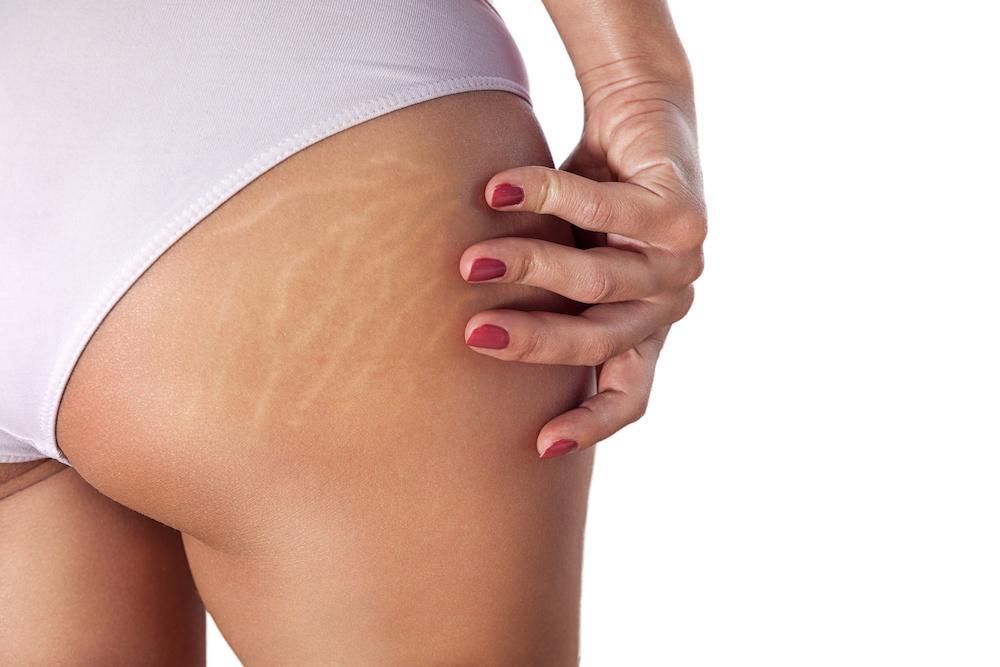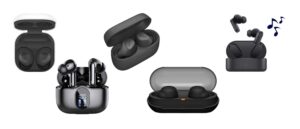When discussing skin rejuvenation and aesthetics, Stretch Marks Removal stands out as a key concern for many individuals striving to regain smoother, more even-toned skin. Stretch marks—formally known as striae—appear when the skin’s underlying structure is damaged due to rapid stretching, such as during pregnancy, weight gain, or growth spurts. One of the most vital components involved in the healing and repair of these marks is collagen. The presence, quality, and stimulation of collagen play a crucial role in determining the success of any professional stretch mark removal treatment. If you’re aiming for visible improvement and lasting results, understanding the link between collagen and your treatment outcome is essential. Professionals often emphasize collagen’s role in achieving optimal results for Stretch Marks Removal in Dubai.
Understanding Collagen: The Skin’s Structural Powerhouse
Collagen is the most abundant protein in the human body and acts as the primary structural support system for the skin. Found in the dermis—the deeper layer of the skin—collagen provides strength, elasticity, and firmness. It works in conjunction with elastin and hyaluronic acid to maintain a youthful and supple appearance.
When stretch marks form, they indicate that the collagen fibers have been disrupted. These marks often start red or purple and fade to white or silver over time, signifying a breakdown of collagen in those areas. Therefore, stimulating new collagen growth becomes essential to repairing and fading these marks effectively.
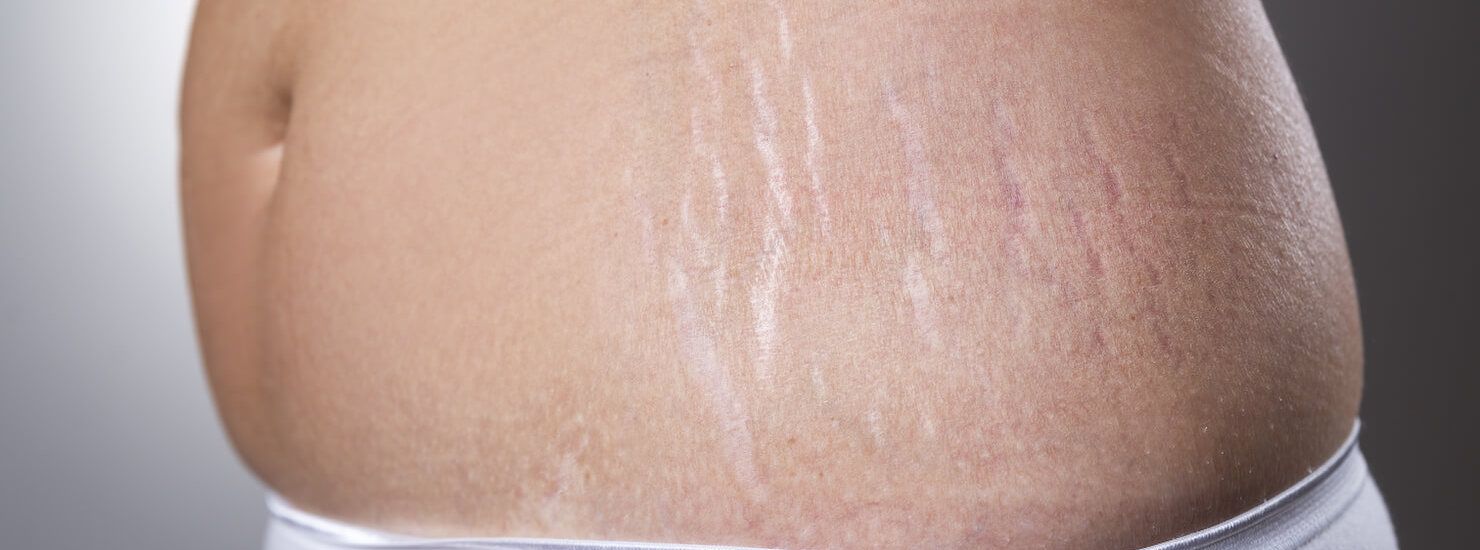
Why Collagen Matters in Stretch Marks Removal
Most professional treatments for stretch marks rely on the body’s ability to regenerate tissue, with collagen production at the heart of this process. Here’s why collagen plays such a central role:
-
Tissue Remodeling: Treatments designed to remove stretch marks target the dermis to trigger a wound-healing response. This response stimulates collagen synthesis, encouraging the skin to rebuild itself.
-
Skin Firmness: As collagen is restored, the skin becomes firmer and more resilient, making the marks less visible.
-
Texture Improvement: New collagen fills in the damaged areas, smoothing out the texture and reducing the depth of the stretch marks.
-
Long-Term Results: The more collagen your skin can produce, the longer-lasting and more noticeable the improvements will be.
Doctor-Led Treatments That Stimulate Collagen Production
Medical experts offer a range of professional treatments aimed at increasing collagen levels. These are performed under strict clinical protocols and are tailored according to skin type, severity of the marks, and patient goals. Below are some of the most common approaches used by dermatologists and aesthetic doctors:
1. Microneedling: Mechanical Stimulation of Collagen
Microneedling, also called collagen induction therapy, uses a device equipped with fine needles to create controlled micro-injuries in the skin. These micro-injuries signal the body to begin healing, prompting fibroblasts to increase collagen and elastin production.
Role of Collagen in Microneedling:
The success of this treatment is deeply reliant on how robustly the body produces collagen in response. The newly generated collagen helps fill in the stretch marks, making them appear less noticeable and aligning their texture more closely with the surrounding skin.
2. Laser-Based Treatments: Heat-Driven Collagen Renewal
Fractional lasers (both ablative and non-ablative) target the deeper layers of the skin to trigger a wound-healing response without damaging the surface. The thermal energy delivered by lasers stimulates fibroblasts to produce new collagen, which gradually replaces the damaged matrix of the stretch marks.
Role of Collagen in Laser Therapy:
Laser energy transforms the skin at a molecular level by breaking down old, damaged collagen and encouraging the formation of new, structured collagen fibers. The results depend significantly on the patient’s ability to generate this collagen efficiently.
3. Radiofrequency Treatments: Deep Tissue Collagen Activation
Radiofrequency (RF) treatments use electromagnetic waves to heat the skin’s deeper layers, sparking collagen synthesis while maintaining the surface integrity. The heating effect causes the collagen fibers to contract and tighten immediately, while also stimulating long-term production.
Role of Collagen in RF Therapy:
Collagen is not only restructured but also newly produced, resulting in firmer, smoother skin. For stretch marks, this means a reduction in width, depth, and discoloration.
4. Ultrasound-Based Therapy: Targeted Collagen Boosting
High-Intensity Focused Ultrasound (HIFU) penetrates deep into the skin layers using ultrasonic waves to initiate neocollagenesis. Though more commonly used in facial tightening, it’s also applied for stretch mark improvement on various body parts.
Role of Collagen in HIFU:
Ultrasound precisely targets areas beneath the stretch marks to deliver focused energy, causing immediate collagen contraction and long-term regeneration. The efficacy hinges on how well the patient’s skin responds in producing new collagen over the following weeks.
5. PRP (Platelet-Rich Plasma) Therapy: Biologically Enhanced Collagen Regeneration
PRP therapy involves drawing a small amount of the patient’s blood, processing it to concentrate platelets, and then injecting it into the stretch marks. These platelets release growth factors that accelerate tissue repair and collagen production.
Role of Collagen in PRP Therapy:
The growth factors in PRP activate fibroblasts, leading to enhanced collagen synthesis. This method improves the skin’s texture and color and diminishes the appearance of stretch marks over time.
The Role of Collagen Type in Treatment Effectiveness
Different types of collagen play varied roles in skin regeneration. Collagen Type I is most prominent in the skin and responsible for its strength and structure, while Type III supports elasticity and is prevalent during wound healing. Effective treatments encourage a natural shift from Type III (scar collagen) to Type I, leading to more natural-looking skin.
Doctors carefully monitor this transition during your stretch mark removal regimen to ensure optimal structural and aesthetic improvement.
The Age Factor: How It Influences Collagen and Treatment Results
Collagen production naturally declines with age—after the mid-20s, the body produces about 1% less collagen each year. Therefore, younger patients may respond more quickly to stretch mark treatments due to more active collagen-producing cells. However, older individuals can still achieve excellent results with doctor-supervised therapies designed to maximize collagen output.
Medical practitioners may adjust treatment intensity or frequency to compensate for slower regeneration, ensuring results remain effective across age groups.
Collagen-Rich Aftercare: Enhancing Treatment Outcomes
While this article focuses on in-clinic procedures only, doctors often recommend aftercare protocols designed to enhance the collagen-building process post-treatment. These may include guided lifestyle suggestions and collagen-boosting practices aligned with the natural healing process triggered by professional interventions.
This aftercare supports the biological groundwork laid during treatment, allowing the skin to fully capitalize on the collagen regeneration process.
Benefits of Collagen-Driven Stretch Marks Removal
Harnessing the body’s collagen-producing capabilities through doctor-supervised treatments offers a multitude of benefits, including:
-
Natural Skin Repair: Treatments rely on stimulating your body’s healing rather than masking the marks.
-
Improved Texture and Tone: As collagen fills in the depressed scars, the skin becomes smoother and more uniform.
-
Durable Results: Collagen-based improvements often last longer because they rebuild the skin from the inside.
-
Progressive Enhancement: As collagen continues to regenerate post-treatment, results improve over time.
-
Non-Surgical Approach: Most collagen-inducing treatments are non-invasive or minimally invasive, offering effective results without major downtime.
Why Collagen is the Cornerstone of Modern Stretch Marks Removal
Collagen’s importance in stretch mark treatment cannot be overstated. Without it, the skin cannot rebuild the damaged areas that lead to visible lines and textural inconsistencies. Every leading stretch mark treatment—from microneedling to laser therapy—hinges on collagen’s regenerative power.
Doctors focus their strategy on optimizing collagen responses by customizing protocols to the patient’s skin type, age, and stretch mark severity. These personalized plans ensure the treatment yields maximum benefits through efficient and targeted collagen regeneration.
Conclusion: Collagen’s Central Role in Successful Stretch Marks Treatment
Understanding how collagen production affects stretch marks removal allows both patients and professionals to make informed decisions for effective outcomes. The body’s natural regenerative capabilities, enhanced through advanced doctor-administered treatments, offer the most promising results for long-term improvement.
Medical practitioners emphasize treatments that prioritize collagen stimulation because it’s not just about fading the marks—it’s about rebuilding the skin’s foundation from within. As such, any patient seeking long-lasting improvement should prioritize treatments that center on activating collagen.
- How Does Collagen Production Affect Stretch Marks Removal Treatment?
- Achieve smoother skin by effectively treating stretch marks. Explore our advanced, non-invasive Stretch Marks Removal in Dubai. Learn more here!
- Stretch Marks Removal Treatment
Related posts:
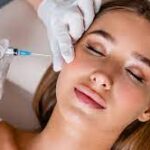 What Are the Key Considerations Before Getting Filler Injections?
What Are the Key Considerations Before Getting Filler Injections?
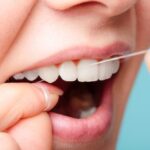 Dr. Kami Hoss Gives Out the Truth About Brushing & Flossing-Protecting Your Teeth
Dr. Kami Hoss Gives Out the Truth About Brushing & Flossing-Protecting Your Teeth
 Can Atrial Fibrillation Be Cured? Latest Research & Insights
Can Atrial Fibrillation Be Cured? Latest Research & Insights
 Expert Lung Care in Jaipur: Why You Shouldn’t Ignore Breathing Issues
Expert Lung Care in Jaipur: Why You Shouldn’t Ignore Breathing Issues
 Control Fasting Blood Sugar with Confidence – Get Glycomet Online Today
Control Fasting Blood Sugar with Confidence – Get Glycomet Online Today
 Effective Weight Loss Clinic Killeen: Your Path to Lasting Results
Effective Weight Loss Clinic Killeen: Your Path to Lasting Results
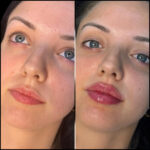 How to Prepare for Your Appointment with the Best Plastic Surgeon in dubai for Fillers
How to Prepare for Your Appointment with the Best Plastic Surgeon in dubai for Fillers
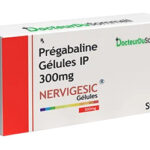 Comment les analgésiques sur ordonnance se comparent-ils aux options en vente libre ?
Comment les analgésiques sur ordonnance se comparent-ils aux options en vente libre ?



